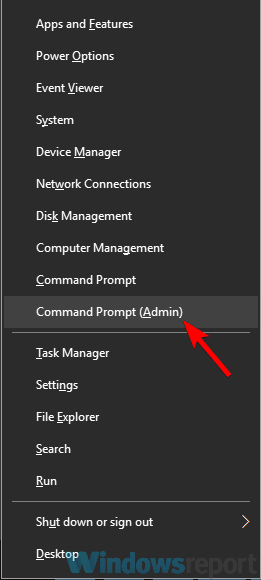

Keep in mind that when we are not in a domain environment, our computer will locally generate certificates for EFS encryption. Also, we will get a prompt to back up our encryption key. When we click OK, the color of our file will change to green, indicating that our file is now encrypted. It will become available when we encrypt our file. Notice that the Details button is grayed out. When we encrypt folder, and file that we create in that folder will automatically be encrypted.įor this demo we will only encrypt the file, and not the folder.

The recommended practice is to encrypt folders, and not files. Since we are encrypting a specific file, the parent folder will remain unencrypted, so any files that we put in the folder will remain unencrypted.

When we click OK, the system will prompt us to encrypt the whole folder. Here we have to select the “Encrypt contents to secure data” option. This will open the Advanced Attributes window. To do that we have to go to the properties of the file, and click on the Advanced button on the General tab. The next thing we will do is encrypt that file. For this demo, Kim Verson will create a file named “Verson CV.txt”. That’s because all authenticated users have the permission to work in that folder. If we log on with that user account, we can create a file in a EFS-demo folder. On our computer we have a user named “Kim Verson”. This means that anyone can create and modify files in that directory. If we check NTFS permissions on that folder, we will see that Authenticated Users group has the Modify permission set. Key terms: EFS, Encrypting File System, configuration, Windows 7, Recovery Agent, certificatesįor this demo we have created a sample directory named “EFS-demo” on our C drive. Prerequisites: you have to know what is Encryption File System in general. Objectives: Learn how to encrypt file or folder, how to designate recovery agents, and how to generate self signed keys.


 0 kommentar(er)
0 kommentar(er)
